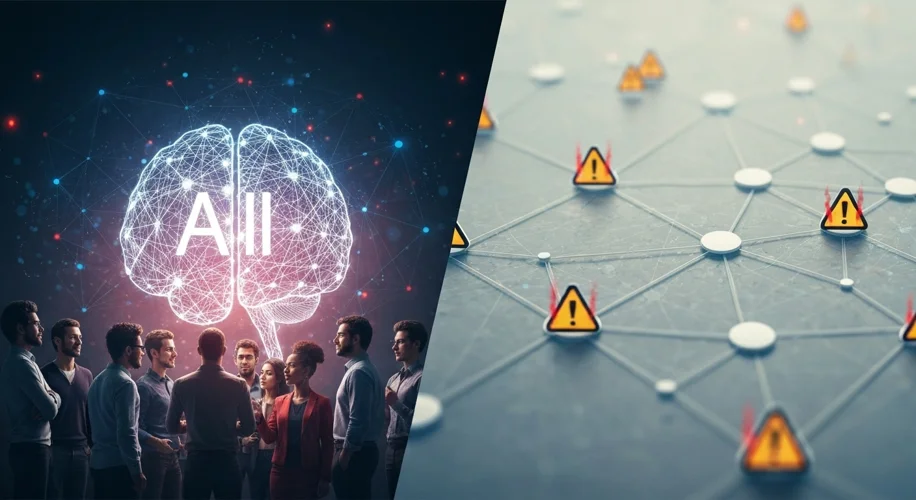The world of artificial intelligence is always buzzing with new developments, and recently, the emergence of open-source models, sometimes referred to with names like ‘gpt-oss,’ has really got me thinking.
For those who might not be steeped in the tech world, open-source means the underlying code and design of a system are made publicly available. Anyone can inspect it, modify it, and often, use it freely. When applied to advanced AI, this is a significant shift. It’s like giving everyone the blueprints to build their own incredibly powerful tools.
From my perspective, the biggest upside is the sheer potential for innovation. When brilliant minds all over the globe, not just those within large corporations, can access and build upon state-of-the-art AI, the pace of discovery accelerates. We might see breakthroughs in areas like personalized education, scientific research, or even assistive technologies for people with disabilities that we haven’t even imagined yet. It democratizes access to powerful tools, fostering a more inclusive and collaborative technological future.
However, as with many powerful advancements, this accessibility comes with a crucial set of challenges. The very openness that drives innovation also means that these AI models can potentially be misused. We need to ask ourselves: how do we ensure that these powerful tools are developed and deployed responsibly? The risks aren’t trivial. Unintended consequences, whether in the form of biased outputs, the spread of misinformation, or even more sophisticated malicious uses, are real concerns.
Consider the implications of a highly capable AI model being freely available. While many will use it for good, there’s always the potential for bad actors to adapt it for harmful purposes. This is where the ethical landscape becomes complex. We’re balancing the immense benefits of widespread access and accelerated innovation against the critical need for safety and control.
So, what’s the path forward? It’s not about halting progress, but about guiding it. This requires a multi-faceted approach. Developers need to build in safety measures and ethical guidelines from the ground up. Researchers need to continue studying the potential impacts and developing methods to detect and mitigate misuse. And as a society, we need to foster open discussions about the implications of these technologies. Policymakers, technologists, and the public all have a role to play in shaping how open-source AI evolves.
It’s a delicate balance, certainly. But by embracing transparency, fostering collaboration, and committing to responsible development, we can harness the incredible power of open-source AI while minimizing the risks. The goal is to build a future where AI benefits everyone, safely and equitably.

